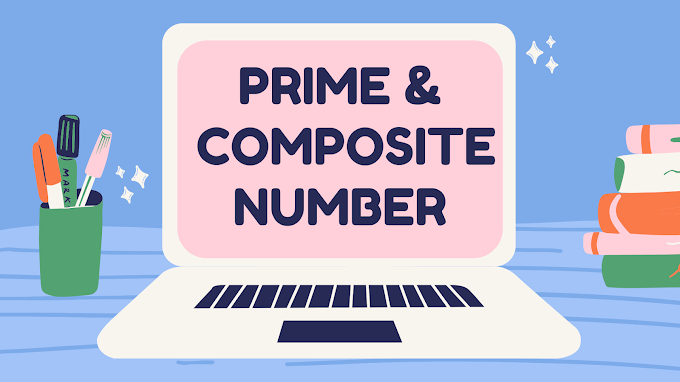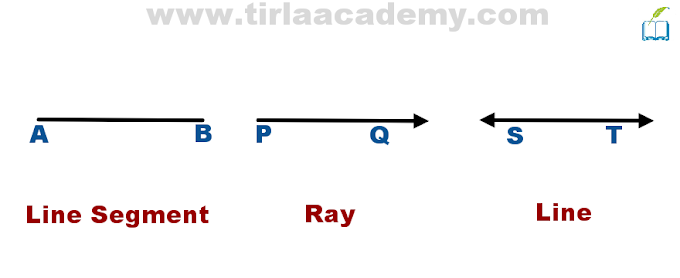Imagine borrowing money to solve a short-term problem, only to find yourself stuck in an endless cycle of repayments, growing interest, and more debt. This is the harsh reality of a debt trap—one of the biggest financial challenges many face but rarely understand fully.
What Exactly Is a Debt Trap?
A debt trap happens when a borrower takes on more debt than they can realistically repay, often due to high interest rates or hidden fees. This leads to a cycle where new loans or credit are taken just to cover previous debts, making it difficult to break free. Over time, what started as manageable borrowing becomes a burden that grows heavier and harder to escape.
How Do People Fall Into Debt Traps?
- High-Interest Loans: Some loans come with sky-high interest rates that quickly inflate the total amount owed.
- Borrowing to Pay Existing Debt: When payments on one debt can’t be met, people borrow again to cover it, creating a dangerous spiral.
- Lack of Financial Planning: Without a clear budget or understanding of repayment ability, it’s easy to borrow more than you can afford.
- Unexpected Expenses: Emergencies like medical bills or sudden repairs can push someone to take quick loans without fully assessing the costs.
Common Signs You Might Be in a Debt Trap
- Monthly payments barely reduce the principal because most go to interest.
- You rely on payday or personal loans frequently to cover expenses.
- Minimum payments keep increasing despite consistent payments.
- You feel stressed or overwhelmed about debt, but don’t know how to stop it.
Why Debt Traps Are Dangerous
The longer you stay caught, the more your financial freedom shrinks. Debt traps can:
- Damage your credit score, making future loans expensive or impossible.
- Limit your ability to save or invest for the future.
- Causes emotional stress and impacts overall well-being.
- Lead to legal actions or asset loss in severe cases.
How to Avoid or Get Out of a Debt Trap
- Create a Budget: Track your income and expenses carefully to avoid borrowing unnecessarily.
- Prioritize Debt Repayment: Focus on clearing high-interest debts first while maintaining minimum payments on others.
- Negotiate with Lenders: Sometimes, lenders can offer better repayment plans or lower interest rates if you communicate openly.
- Use Debt Consolidation Wisely: Combining multiple debts into one loan with a lower interest rate can reduce monthly pressure—but be cautious.
- Seek Financial Advice: Professional counselors or trusted financial resources can help create a realistic plan to manage and reduce debt.
Final Thoughts
A debt trap can feel overwhelming, but understanding what it is and recognizing warning signs is the first step toward freedom. Smart borrowing, clear planning, and timely action can protect you from getting stuck and help you regain control of your finances.
Remember, managing money is not just about avoiding debt but building a future where you have options and peace of mind.





